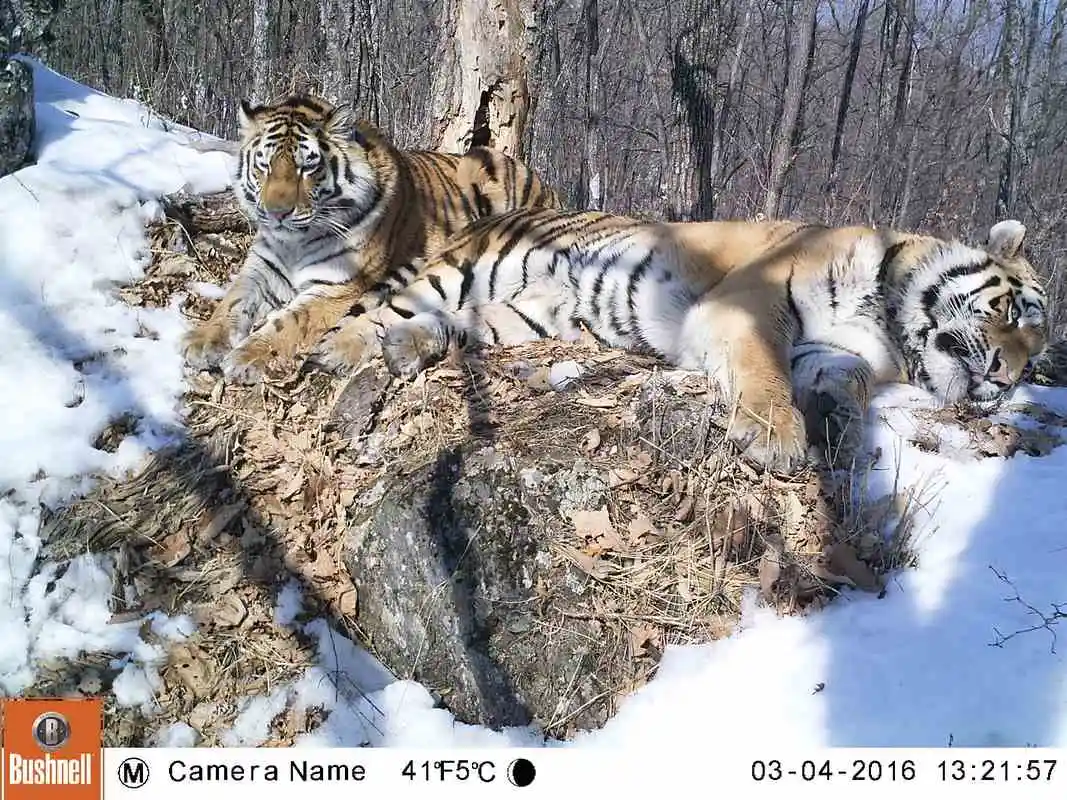Restoring Tigers to Russia: A Triumph of Conservation and an Unexpected Love Story
For the first time in over 50 years, tigers are once again roaming the Pri-Amur region of Russia thanks to a decade-long conservation effort. From 2012 to 2021, conservationists succeeded in reintroducing more than a dozen Amur tigers—the largest subspecies of the world’s largest feline—into their historical range.
The results, recently published in a groundbreaking study, highlight a new framework for rehabilitating orphaned cubs and reintroducing them to the wild. Experts believe this approach could revolutionize tiger conservation efforts globally and even apply to other big cat species.
The Rescue and Rewilding of Orphaned Cubs
The initiative began with six orphaned tiger cubs found in Russia’s Sikhote-Alin Mountains—a UNESCO World Heritage Site and the country’s last stronghold for wild tigers.
The cubs were raised in specially designed enclosures where human contact was minimized to prevent habituation. To prepare them for survival in the wild, they were offered live prey to hone their hunting skills. This process, developed with input from the WCS Bronx Zoo and other partners, ensured that the cubs would be independent upon release.
By 2014, the young tigers—now subadults—were reintroduced into the Pri-Amur region, where tiger populations had disappeared. The outcome exceeded expectations, with the study proving that carefully rehabilitated orphaned cubs can successfully adapt, survive, and even thrive in the wild.
A Tiger Love Story for the Ages
Among the six cubs released were Boris and Svetlana, two unrelated tigers raised together during their rehabilitation. A year after their release—over 100 miles apart—scientists were astonished to observe Boris embarking on a determined journey north. Day after day, his GPS collar showed a straight-line trek spanning 120 miles.
His destination? Svetlana’s den.
Six months later, a litter of Amur tiger kittens was born, marking not only a conservation success but also an extraordinary story of devotion. Boris and Svetlana’s bond, which likely formed during their shared time in captivity, became the heartwarming centerpiece of the reintroduction project.
A Blueprint for Future Conservation
Dr. Luke Hunter, Executive Director of the WCS Big Cats Program, praised the team’s meticulous work:
“This study represents a tantalizing new development in expanding the ‘toolbox’ for conservationists to return tigers to those parts of Asia where they have been lost. Their careful approach succeeded and paves the way for more reintroduction attempts—not only of tigers but of other big cats as well.”
The collaborative nature of the project—bringing together Russian and international scientists—served as a powerful reminder of what’s possible when conservation transcends political and national boundaries. Dr. Dale Miquelle of the WCS Russia Program reflected on this unlikely partnership: “It’s a testimony to how really good things can happen when you start working collaboratively irrespective of nationality and politics.”
Hope for Tigers and Beyond
With Boris and Svetlana’s family thriving and tiger populations reclaiming lost territory, this conservation triumph serves as both a model for future big cat reintroductions and a symbol of resilience, cooperation, and hope.
